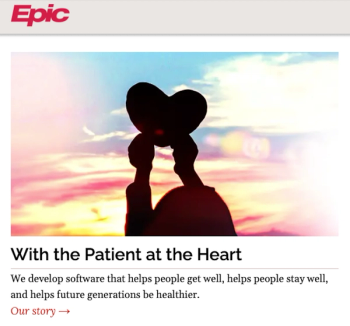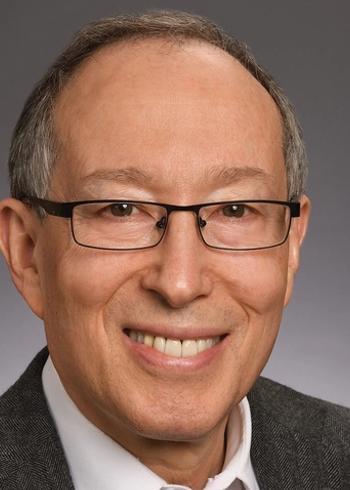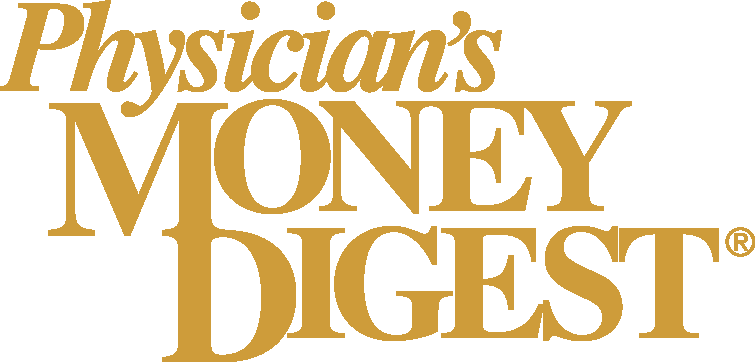
From residency to repayment: What new doctors need to know in 2025
Student loan repayment is evolving — new doctors need to make smart, strategic choices on forgiveness, IDR plans and refinancing this year.
As new doctors transition from medical school and residency to attending roles, they face a daunting financial reality: managing significant student loan debt in a rapidly evolving policy landscape. According to
Here are must-know strategies to lay the groundwork for a debt-free,
PSLF: A promising path with considerations
Public Service Loan Forgiveness (PSLF) remains a cornerstone of student loan
- Work at least 30 hours per week for a qualifying employer (e.g., a nonprofit, 501(c)(3) or government entity; California and Texas have exceptions)
- Have direct federal student loans
- Enroll in an income-driven repayment (IDR) plan
- Make 120 on-time qualifying payments
Nearly 5 million Americans, many of them physicians, work for nonprofit hospitals. As a result, PSLF plays a key role in reducing debt burdens. Many physicians will choose a career in public service specifically to achieve PSLF.
Income-driven repayment: Navigating the options
For new doctors, selecting the appropriate IDR plan is critical for getting a good start on your repayment journey. There are currently four income-driven repayment plans:
- Pay As You Earn (PAYE)
- Income-Based Repayment (IBR)
- Income-Contingent Repayment (ICR)
- Saving On Valuable Education (SAVE)
Each IDR plan has nuances, and most
Refinancing: A strategic choice for some
Refinancing federal loans into private loans can reduce interest rates,
If you are considering refinancing, remember to do the following:
- Refinance private student loans: Refinancing student loans that are already private is a great idea if you can lower the interest rate.
- Determine work setting post training: Nonprofit employment = PSLF, private practice/group = refinancing.
- Assess debt-to-income ratio: If attending income exceeds your student loan balance, you may be best off refinancing. Those with longer training periods (five-plus years) could be an exception to the rule and may hold off on refinancing for PSLF.
- Use vetted lenders: Platforms like
White Coat Investor offer negotiated refinancing deals with cash rebates and competitive rates.
In 2025, new doctors face a complex student loan landscape with legal, administrative and legislative uncertainties. By understanding PSLF, IDR and refinancing, physicians can craft strategies that minimize debt burdens and maximize
Andrew Paulson, CSLP, is co-founder and lead student loan consultant at
Newsletter
Stay informed and empowered with Medical Economics enewsletter, delivering expert insights, financial strategies, practice management tips and technology trends — tailored for today’s physicians.














